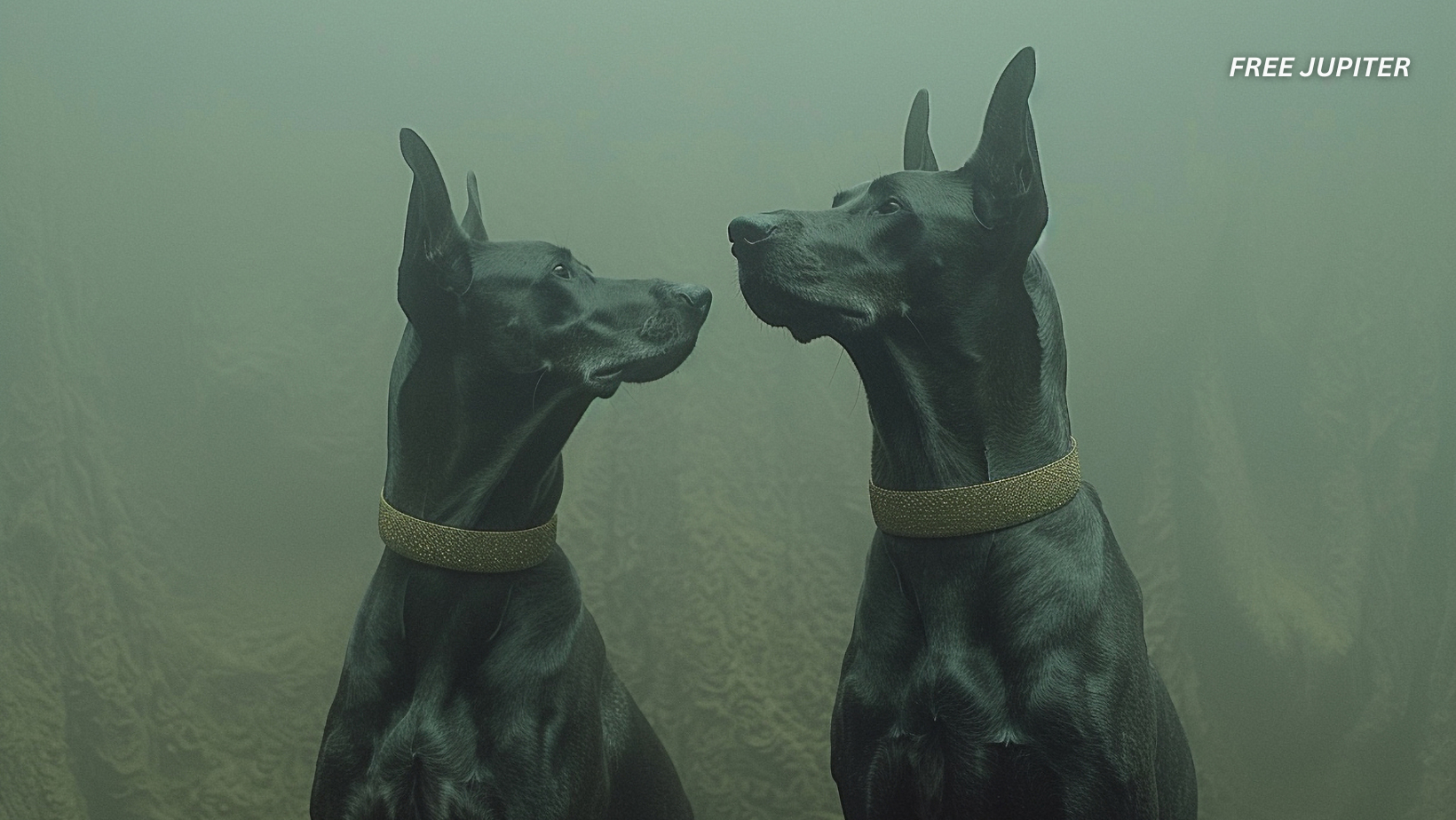Not so long ago, we considered dogs to be assistants. They sent away intruders, herded farm animals, and protected our houses. But the times have changed. Nowadays, we desire dogs primarily for companionship. This need for peaceful, gentle pets that suit our frequently laid-back lifestyles appears to be bringing on a new wave of dog evolution.
Scientists have discovered that this change is linked to more of a “bonding” hormone in dogs, particularly in assistive service dogs. Studies indicate that this hormone, oxytocin, causes dogs to seek closeness with us.
When humans initially domesticated wolves into the friendly pets that we are familiar with today, dogs became more sensitive to oxytocin.
A 2017 study by Swedish scientists examined how dogs learned to cooperate with us, such as seeking assistance when something was difficult. The scientists believed oxytocin was involved because it facilitates social bonding.
How good oxytocin is depends on how it binds to things within cells. Previous research indicated that small variations in the genes close to the oxytocin receptor (the thing it binds to) influence how good dogs are at communicating. This implies that some of a dog’s social abilities are in their genes – namely the ones that regulate how they respond to oxytocin.
In the test, 60 golden retrievers attempted to open an unopenable jar of treats. The researchers also collected DNA from the nose of the dogs to determine which of the oxytocin receptors they carried.
The dogs conducted this test twice. One time, they received a spritz of oxytocin up their nose. The other time, they received a neutral spritz. The researchers measured how long the dogs attempted to open the jar on their own before seeking assistance from their owners.
The experiment revealed that the dogs responded stronger to the oxytocin spray if they carried a particular form of the receptor. Oxytocin also increased the chances of the dogs seeking help, compared to the neutral spray. This assists in explaining how domestication altered genes that influence canine social behavior.
Read more: After 100 Years, Michigan’s Legendary ‘Ghost’ Species Finally Caught on Camera
The Rise of Service Dogs: A Look at Canine Adaptation
Now, dog experts Brian Hare and Vanessa Woods think that dogs’ behaviors are undergoing a third wave of domestication. As dogs have moved from being primarily workers to our companions, their behavior, and perhaps even their bodies, are evolving.
Duke University professor Brian Hare, who researches how animals think and evolve, and Vanessa Woods, who operates a puppy training school for potential service dogs, have witnessed this occur. Their school investigates how various training methods influence the way puppies behave and think.
Seeing these puppies has convinced Woods and Hare that service dogs are ideal for contemporary life. They are extremely well-trained to assist their owners, remain placid when not working, and are unusually affable.
“Compared with most pet dogs, service dogs prefer strangers, even at puppy stage,” Woods and Hare stated. They also believe that this added friendliness has altered the biology of such animals, just as it did thousands of years ago at earlier dog domestication.
These highly trained dogs exhibit the characteristics of the perfect contemporary dog. They integrate seamlessly into their owners’ lifestyles and our contemporary world. “Service dogs integrate into the life of their person in a way that many able-bodied dog owners wish their pets would integrate into theirs,” Woods and Hare said.
Read more: Researchers Were Left Speechless After Opening Up A 3,000 Year Old Crocodile
How Modern Life Changes Dog Behavior
We did not view dogs quite so differently not so long ago. They were working animals with specific jobs such as hunting, herding, and guarding. This required them to be active and vigilant.
Prior to the 1990s, dogs typically lived outdoors and had lots of room to run around. “If your dog slept on your bed, you would probably wake up covered in ticks or fleas,” the researchers quipped, noting the varying living arrangements.
But today, more dogs inhabit denser cities and spend significantly more time indoors. They also encounter new people and dogs more frequently.
This shift has rendered some old behaviors obsolete, say Woods and Hare. For instance, a dog that firmly protects against strangers could be difficult to walk in the neighborhood.
“Dogs that are more energetic, easily excited, fearful, or worried are more likely to be surrendered to shelters, where it may be difficult for them to find a new home,” they said, illustrating the stresses of contemporary life on pet behavior.
Read more: Study Says That Crows Can Hold A Grudge For Up To 17 Years
The Third Domestication: Shaping Dogs for Our Future
Woods and Hare believe that these new societal pressures are prompting a third wave of dog domestication with service dogs some of the most advanced dogs.
“Service dogs may appear just like ordinary Labrador retrievers, but in comparison to the military working dogs or even family Labs, they are nearly a different breed,” said the researchers. They also highlighted how suddenly this can occur: “The differences between Canine Companion dogs and pet dogs also illustrate how different a group of dogs can become in less than 50 years.”
Domestication of the dog began thousands of years ago, around 40,000 to 14,000 years ago. It began when human beings lived in hunting and gathering communities and usually discarded leftover food around their encampments.
Wolves who consumed this simple food had more chances to survive, writes Woods and Hare. “With time, those animals grew more fond of humans and less hostile or aggressive.”
The second phase started post-Industrial Revolution. Here, more and more of the middle class desired dogs that would reflect their good taste and prosperity. This made people in the West want to breed dogs for certain appearances, developing most of the 200 breeds recognized by the American Kennel Club today, the researchers said.
As we embark on this third wave of domestication, where we pay greater attention to making dogs’ personalities conform to our contemporary world, Woods and Hare think that we should actually assist this process.
“For the joy of dogs and their owners, humans must breed and train more dogs like service animals, beginning a new generation of dog domestication to enable them to fit into the new world we have made,” they concluded, stressing the need to understand dog evolution and pet behavior as we create our future with these incredible animals.










